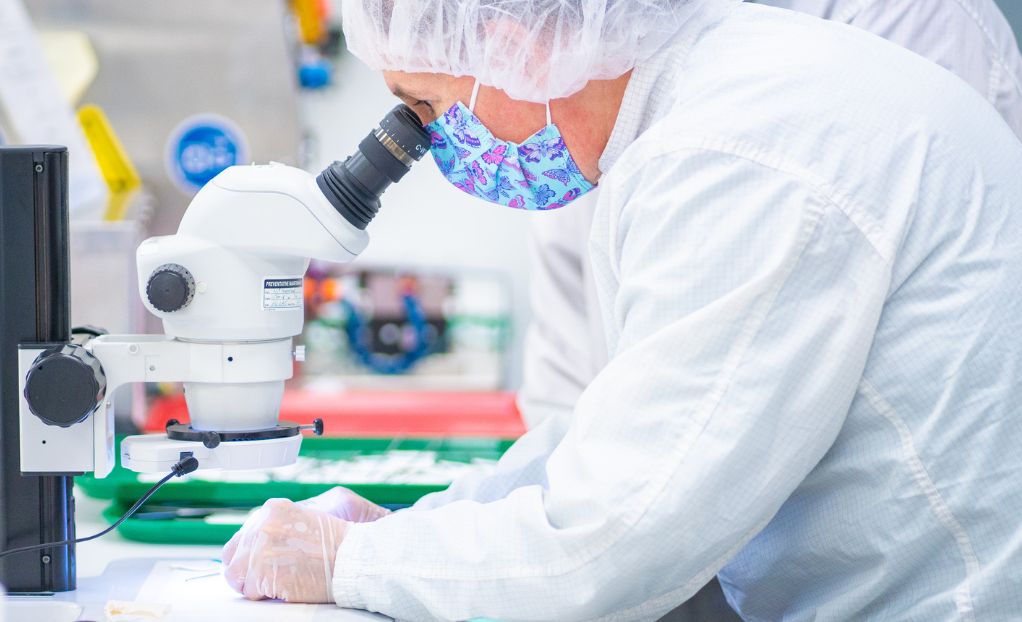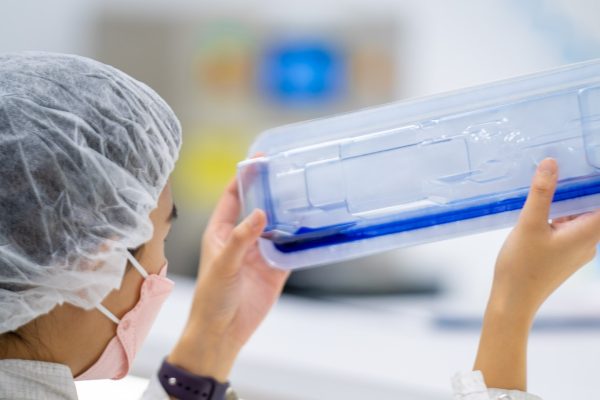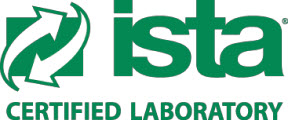Heat Seal Validation for Medical Devices
Precision. Compliance. Confidence. Heat seal validation is fundamental to ensuring package integrity and patient safety. At Life Science Outsourcing, our validation engineers follow ISO 11607-2 and established industry standards to qualify and verify sealing processes with precision. Backed by decades of experience in medical device packaging, we help ensure consistent seal quality, robust documentation, and confidence in every production run.
What is heat seal validation?

Heat seal validation is a process that ensures medical device packaging heat-sealing methods are reliable, consistent, and capable of producing seals able to maintain the sterility and integrity of the device. It requires a series of tests to determine optimal sealing parameters for specific medical device packaging.
Validation provides sterility assurance, safeguards product integrity, meets compliance requirements, and supports quality control efforts.
The validation process includes:
- Defining seal parameters
- This identifies temperature, pressure, and dwell time parameters.
- Performing tests
- A series of tests are conducted to establish optimal seal conditions.
- Documentation
- All test results and parameters are documented for repeatability and traceability.
- Periodic revalidatio
- The sealing process is periodically revalidated to provide ongoing compliance.
Who needs heat seal validation?
Medical device manufacturers utilize heat seal validation to verify their packaging processes are compliant and reliable, while contract package organizations use it to validate processes for clients in the medical device industry. Quality assurance and regulatory affairs teams use this type of validation to oversee compliance outcomes, and packaging engineers use it to design and test packaging systems.

How does heat seal validation work?
Heat seal validation methods
Heat seals are a common method used to ensure a proper seal and to create the sterile barrier. The following are the most common methods used to verify the process and meet industry regulations.
Heat seal qualification
Heat seal qualification (HSQ) focuses on proving that the process will produce a predefined criteria for strength, integrity, and uniformity under controlled conditions. It’s a necessary stage to verify that the package process is reliable, reproduceable, and capable of maintaining the sterility and integrity of the medical device throughout its intended shelf life. This method typically involves the following steps:
- Define seal parameters
- Equipment calibration and validation
- Produce qualification samples
- Analyze data
- Documentation
- Approval and implementation
Installation qualification
The installation qualification (IQ) phase focuses on verifying equipment performance and reliability by testing installation, configuration, and set up according to the manufacturer’s directions and meets predefined requirements and regulatory standards necessary for the intended operation. IQ also establishes a baseline for documentation and is necessary for regulatory compliance. The following steps are part of the IQ process:
- Prep and planning
- Receipt and inspection of equipment
- Verification of installation requirements
- Installation of equipment
- Verification of equipment specifications
- Calibration and configuration
- Documentation
- Approval
Operational Qualification
The purpose of operational qualification (OQ) is to determine that the heat seal equipment is operating correctly within the specified parameters under all anticipated conditions. Operational equipment ranges are tested to verify that it will maintain consistent performance throughout those ranges. OQ requires the following steps:
- Definition of operational parameters
- Development of test protocols
- Execution of test protocols
- Assessment and equipment functions
- Recording and analysis of data
- Identification and resolution issues
- Documentation
Performance qualification
Performance qualification (PQ) is used to verify that equipment will perform as expected under actual product conditions. Given real world variations that can be caused by the operators, machinery or materials, PQ is used to determine that the package will remain sterile regardless of environmental changes. Steps in PQ include:
- Selection of production conditions
- Development of protocols
- Execution of test runs
- Sample testing and evaluation
- Data collection and analysis
- Resolution of any issues
- Documentation
What standards apply?
ISO 11607-2 recommends that sterile barrier systems and manufacturing processes undergo a validation process across several package options, including pouches and trays. Life Science Outsourcing heat seal validation follows ISO medical device packaging requirements to meet industry regulations and provides comprehensive documentation of the validation process, regular re-validation to support continued compliance, and quality control measures.


